Google has tried to create a functional car interface for smartphones several times already, but it seems to have fallen short every time. Attempts include both features in existing products and discrete apps like Android Auto for Phone Screens. These mixed fortunes haven’t stopped the folks at the Googleplex from trying, though — Google still offers a car-centric mobile UI in Google Maps Driving Mode.
Let’s take a look at how Google has fared in the realm of car-friendly phone interfaces so far — what’s gone wrong, and what it could possibly be planning when it comes to making a good driving interface on your phone.
Android Auto for Phone Screens
A beloved but short-lived first attempt
Google launched Android Auto, an app that allows your smartphone to communicate with compatible head units and car infotainment systems, in 2015. In late 2016, Android Auto was updated so you could use it in any car using a new interface entirely on your phone called Android Auto for Phone Screens.
This was particularly useful for people who wanted to experience Android Auto but didn’t have access to compatible vehicles, since availability was still limited. Google touted Android Auto for Phone Screens as a driver-friendly interface that allowed you to access all the key stuff you need on the road, including directions, communications, and music, without any distractions while driving.
The functionality was similar to what you saw on in-car displays in supported vehicles, and even though the UI may seem a bit clunky by today’s standards, deploying it was straightforward enough, and it got the job done.
Android Auto received a big update in 2019, and the phone interface was practically left behind at that point. It seemed like it was only a matter of time before the app was discontinued, and this finally happened in June 2022 when Google officially withdrew the Android Auto for Phone Screens app to make way for the newly launched Google Assistant Driving Mode.
Factors such as low adoption and a focus on in-car experiences were blamed for the premature demise of the app, and this all but set the tone for Google’s subsequent efforts to make a similar car interface. As of right now, the Android Auto for Phone Screens app is well and truly dead.
Google Assistant Driving Mode
Lots of promises, but uninspiring delivery
In May 2019, Google announced that the voice-controlled Assistant app for your phone was getting its own Driving Mode. Personalization and convenience were on top of the agenda, and the Driving Mode dashboard was supposed to feature tailored suggestions for navigation, messages, calling, and media. The new mode was going to work directly on your phone without requiring any sort of bespoke integration with your car, but it could launch automatically when you connected to your car’s Bluetooth.
One of the ways it was supposed to make your life easier was through voice commands to play music and take calls during navigation; Google even promised that it would be possible to use the Assistant to control your car in select models remotely. The launch date was set for the summer of 2019 and everyone held their breath as this date approached, and then passed, with no sign of Driving Mode on anyone’s Google Assistant.
This delay was a familiar tale for long-time Google fans, but more than a year after the initial announcement, in November 2020, it appeared that Driving Mode was finally going to make it to the public. The world had evolved a lot in that one year, and as it turned out, the Driving Mode had also changed for the worse.
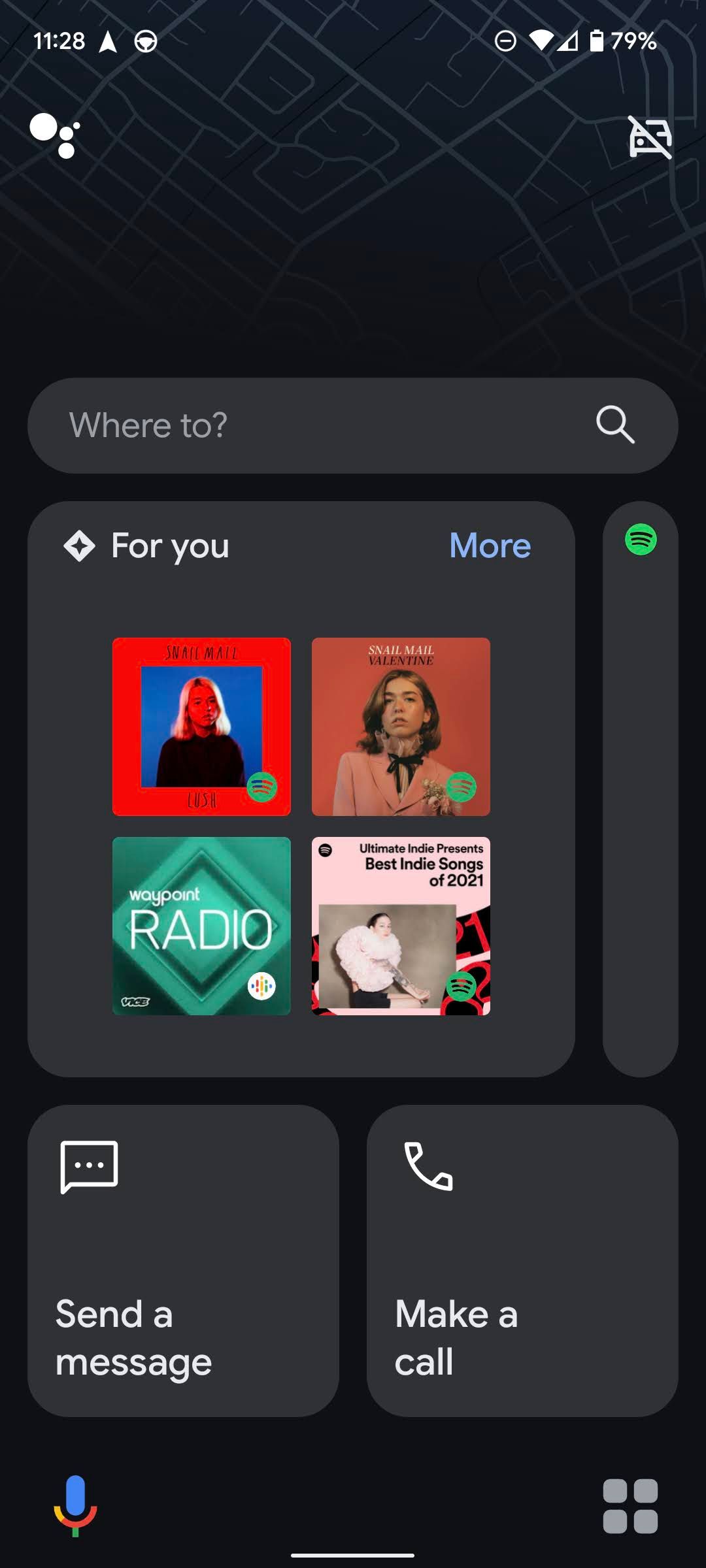
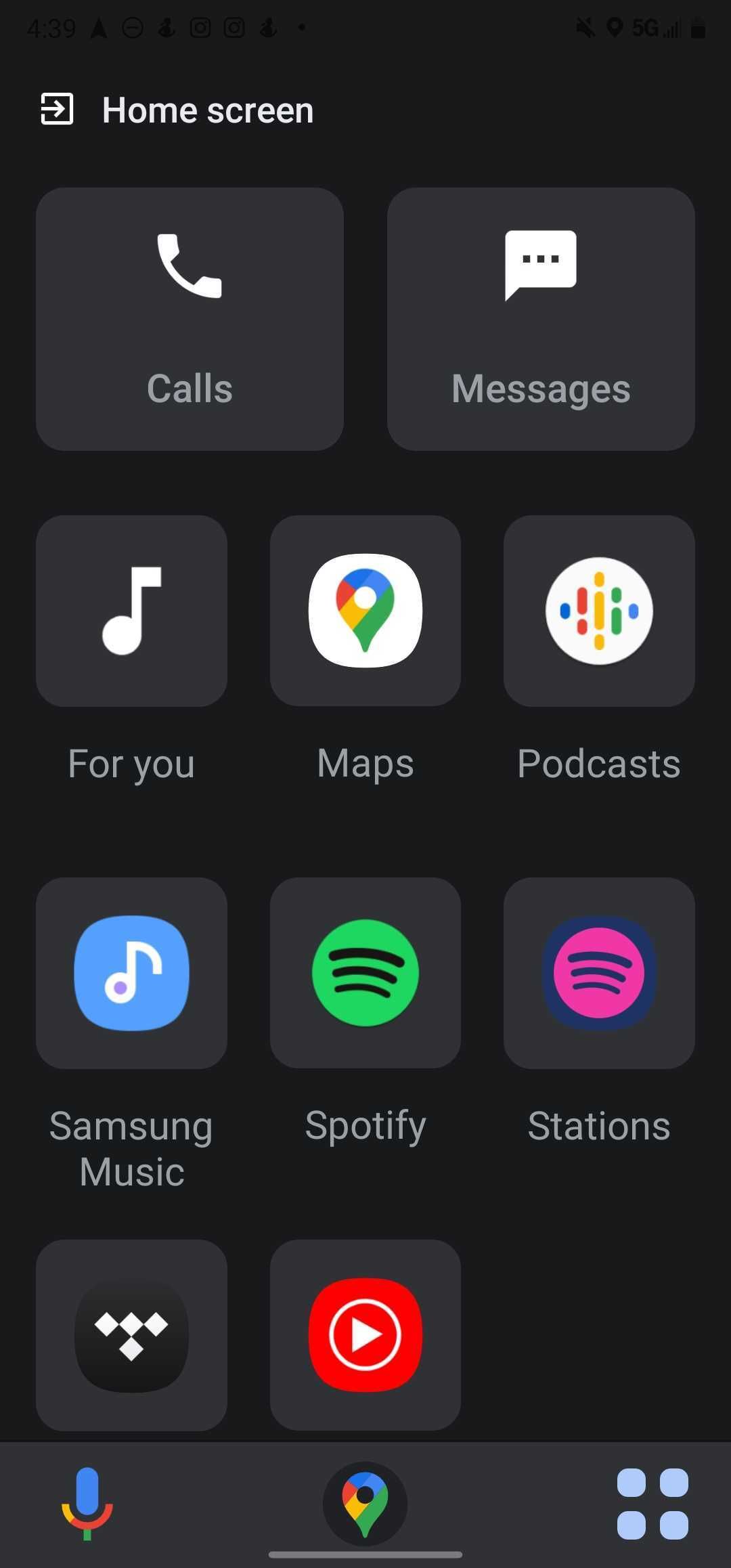
For starters, it was integrated directly within the Google Maps app instead of being a standalone experience as announced earlier. The customization options had been stripped away, and the one feature that many of us were looking forward to, a homescreen and dedicated launcher, had disappeared. Voice control for navigation was still present, as were the hands-free controls for calling and messaging, but the execution was underwhelming compared to what was promised at Google I/O 2019.
An update in 2021 reintroduced the homescreen, but Assistant Driving Mode was plagued by the same problems as its spiritual predecessor, the Android Auto for Phone Screens app. Low adoption and Google's focus shifting yet again took their toll, and in October 2022 Google announced that the Assistant Driving Mode was being axed altogether.
Google Maps Driving Mode
Evolution, or conclusion?
After Google got rid of the Assistant Driving Mode, the Driving Mode inside the Google Maps app became the default experience. This particular Driving Mode is a much more scaled-back feature, with the absence of the dashboard the most obvious omission. Even though it is already so low-key that many of you probably use it daily without even realizing it, Google seems to be intent on simplifying and disarming it even further.
In its current state, it appears as a black bar at the bottom of your screen and starts up automatically when you turn on navigation. For what it’s worth, this Driving Mode still offers limited media and music control alongside voice integration for hands-free operation and also maintains a user-friendly interface with large buttons, a feature present since its inception.
However, keeping up its trend of killing features that people have come to love, Google got rid of the App Launcher inside the Driving Mode this month, and it’s anyone's guess what the company is planning to do with this iteration of its car interface for your phone.
What the future holds
Something different, or maybe nothing at all
Car infotainment systems have come a long way since their inception, and modern in-car screens have become integral to your car’s functionality and user experience. Google knows this, and it has been gradually shifting focus to in-car experiences like built-in Android Auto.
Another possibility is that Google is working on a new and completely different interface for smartphones. More than a decade after Google acquired the traffic and navigation app Waze, it has slowly begun merging its mapping products, with the Waze and Maps teams being brought together in February 2023 in what was labeled a cost-cutting move. Even though Google continues to insist that Waze and Google Maps will remain separate platforms, it would be a nice shock to see a new feature that brings the best of both worlds together.
Until that happens, we have to work with whatever is left of Driving Mode. You can’t fault Google for trying, though, and perhaps one day it will be able to develop a car interface for phones that sticks around for more than a couple of years.
"interface" - Google News
March 03, 2024 at 07:31PM
https://ift.tt/M3eUyI6
Google still hasn't given us a good in-car interface on Android phones - Android Police
"interface" - Google News
https://ift.tt/Bdgk9DZ
https://ift.tt/q9FbjYD
Bagikan Berita Ini
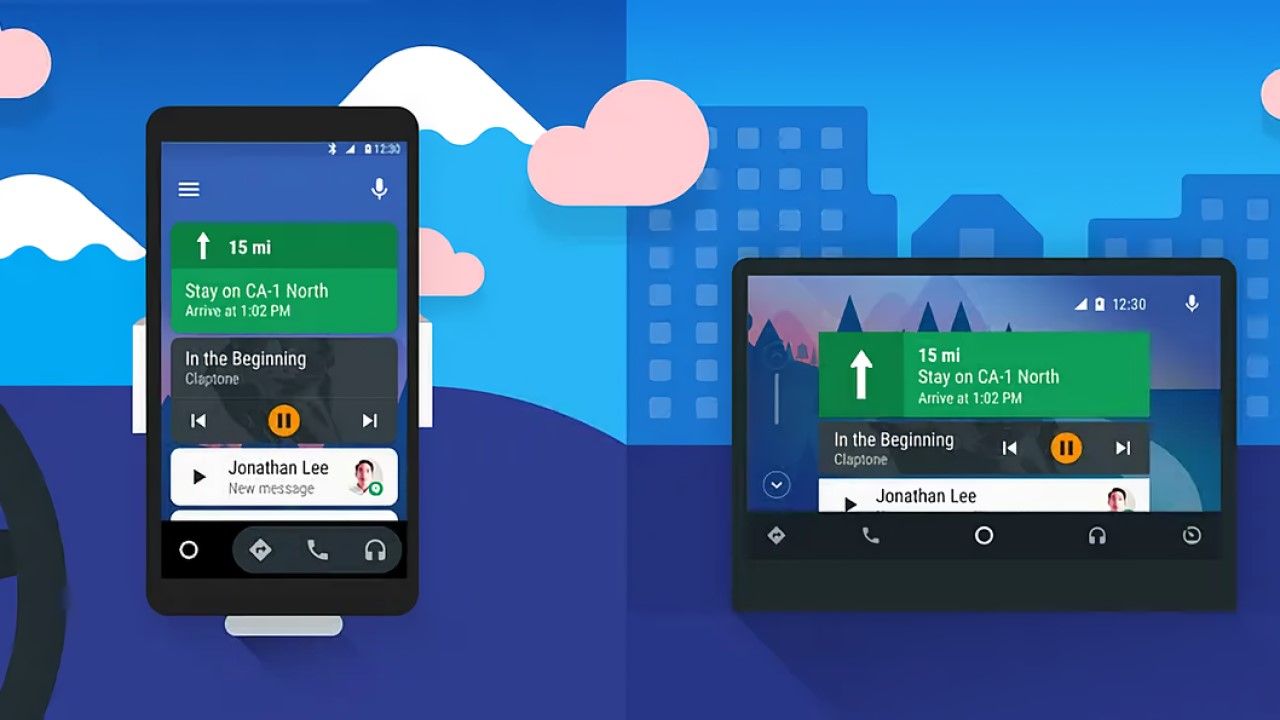
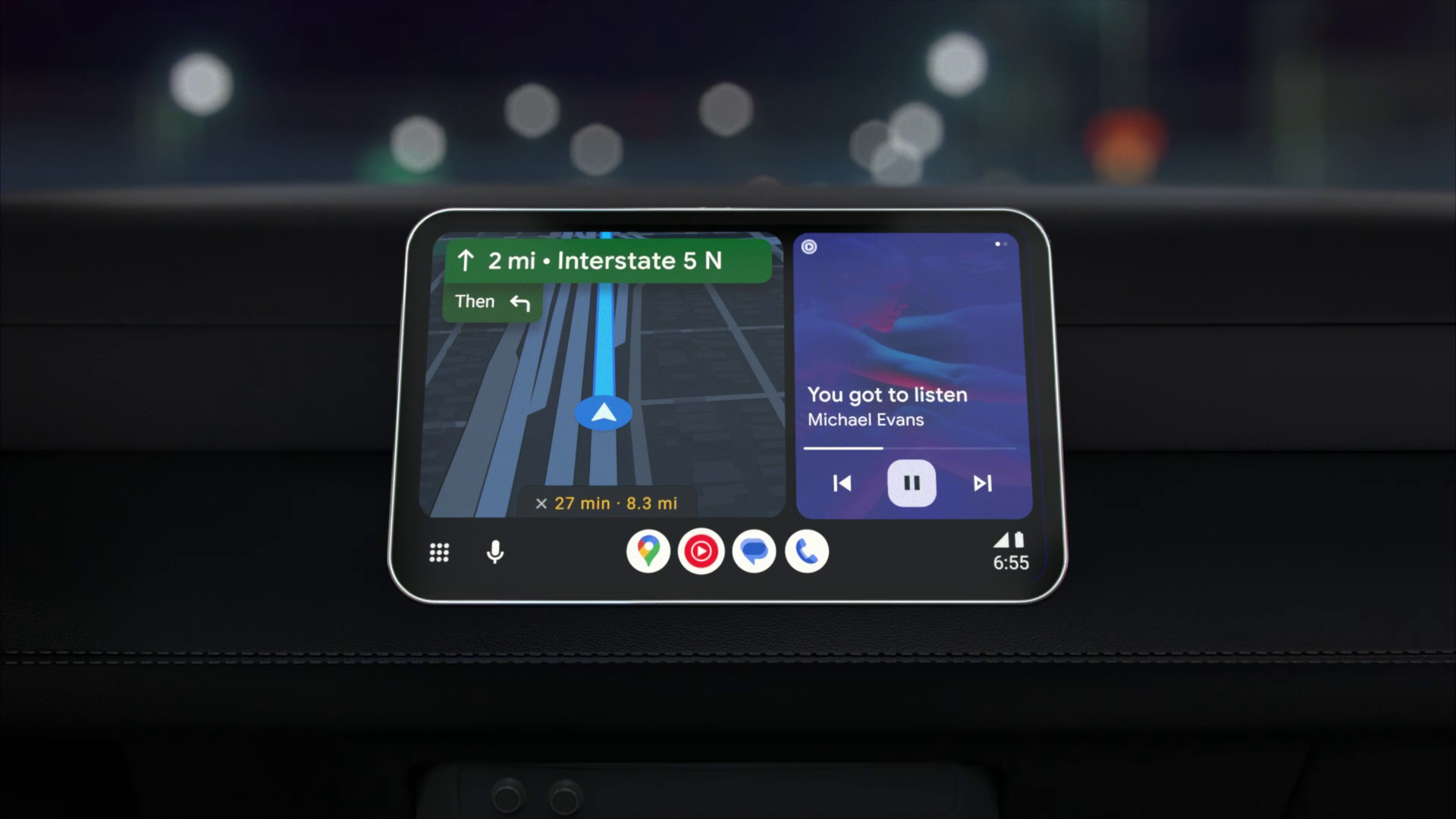
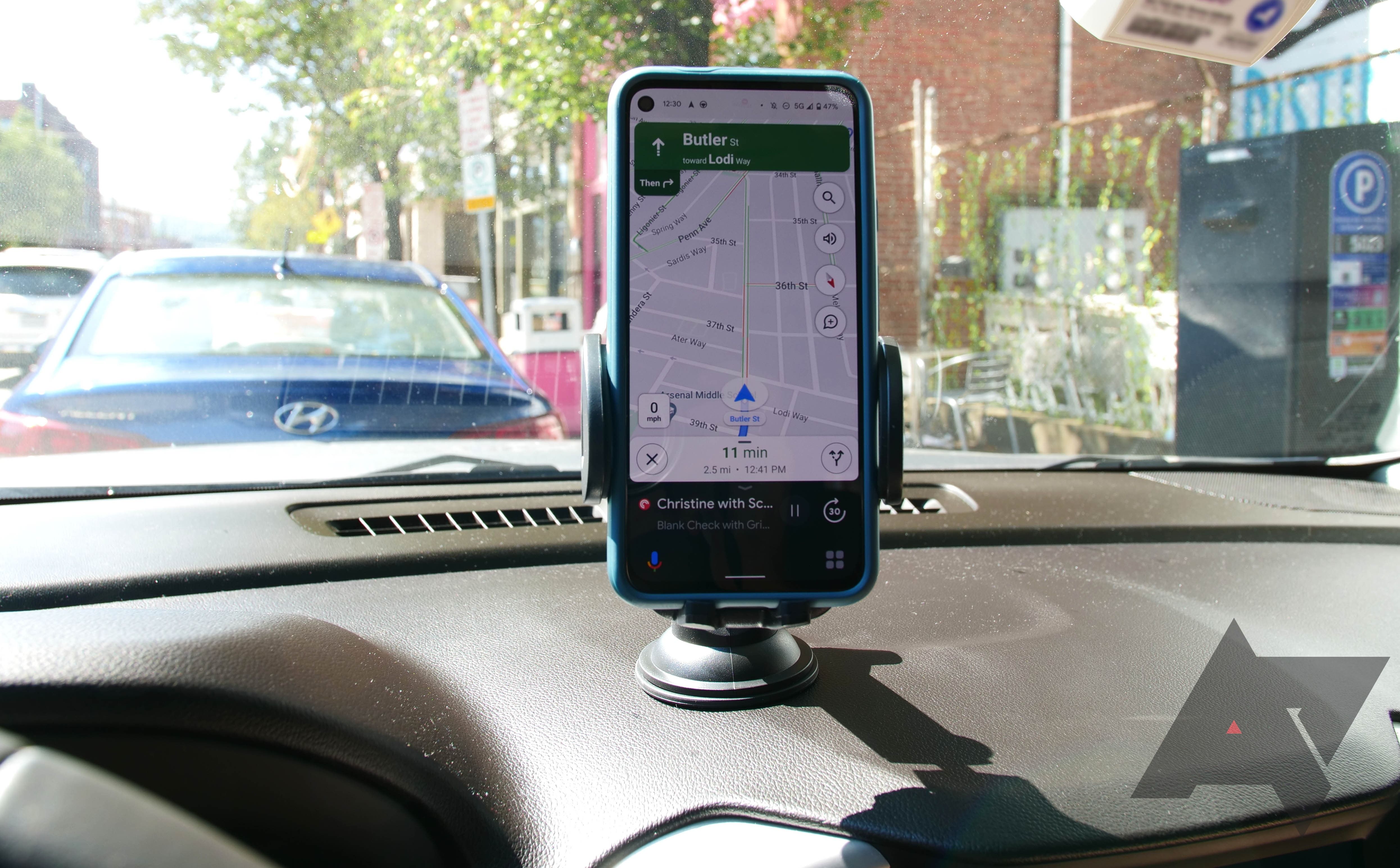















0 Response to "Google still hasn't given us a good in-car interface on Android phones - Android Police"
Post a Comment